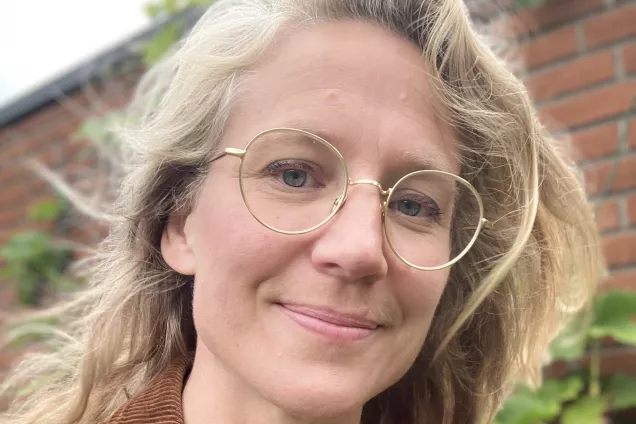The study, published in The Lancet Oncology, showed that AI-assisted breast cancer screening is a safe alternative to radiologists' double reading, reducing the workload of the overburdened profession by as much as 44 percent.
As of August 23, the study had attracted attention with 330 international media reports and 155 national reports. Kristina Lång was interviewed by several major international media outlets such as the BBC, The Guardian, Der Spiegel, People Magazine, The Times and CNN. In Sweden, the study was reported in local, national and industry press, including SVT Nyheter, Swedish Radio, Dagens Medicin and Life Science Sweden.
How did it feel to be interviewed by so many large and world-renowned media channels?
"It was almost a surreal feeling the first three intense days, because I was on holiday in Åland and suddenly had a lot to do. The whole family got involved to keep order for all the planned interviews in different time zones. In order to be able to give live interviews without interference, we set up a media center in the sauna. It has now been over a month since the study was published and I am still giving interviews. Later this autumn Reuters is coming and filming at the clinic, so it's not over yet."
Was there a difference between being interviewed by a journalist for a written article or participating in a filmed interview, and did you prepare in any particular way?
"For written articles, journalists wanted direct quotes with questions via email or short phone interviews. I thought it was quite nice to be able to respond to emails in order to also have time to formulate myself. In the telephone interviews, however, the journalist was able to probe various questions in order to then assess what could fit in their article."
"Live interviews were of course a bit nerve-wracking, but at the same time an exciting challenge. It was strangely more nerve-wracking to be on live P1 Morgon than BBC World. I didn't prepare in any particular way, but felt that it went better if I was present instead of trying to remember a rehearsed answer. Most of the time it went well, and sometimes less well. Many of the journalists' questions were similar to each other, so in the end I started repeating certain phrases."
What help did you get from communicators at the faculty's communication department, and what do you take with you from the experience?
"The communications department's research communicators helped with the press release in Swedish and English. They also provided valuable tips and support throughout the journey. I also had great support from my family, who cheered me on and made sure everything worked. It was wonderful to be able to share this special and slightly absurd experience with the family."
What do you think is important to consider in reaching out with medical research in the media?
"The reason why the publication was disseminated is, among other things, because it is a large study and the first of its kind, which also had positive results. On the one hand, breast cancer affects half the world's population, and on the other hand AI is a hot topic, which meant that the study has attracted interest beyond the specific subject field. Doing good research that is important to many also contributes."
"To reach a larger public, we also made a clay animation. We don't know if the film contributed to the interest, but it was a lot of fun making it."


